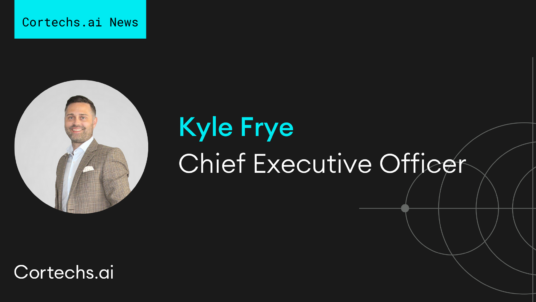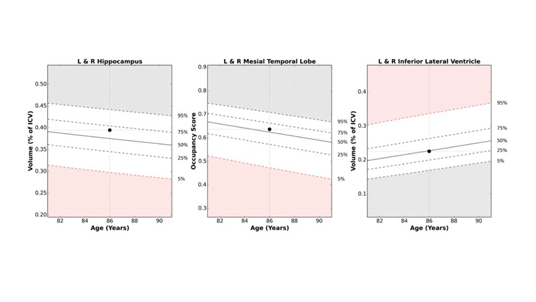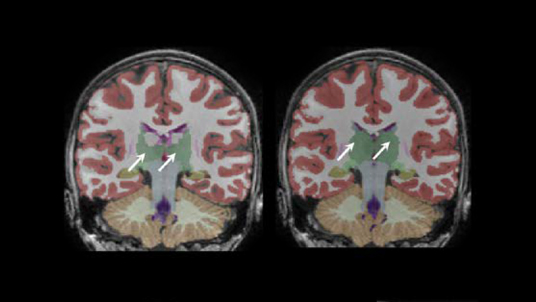By
Cortechs.ai
2 mins
Recently we had the privilege of speaking Sunil Ram, M.D., Neuroradiologist at Scottsdale Medical Imaging in Scottsdale, AZ about their 2014 decision to add NeuroQuant as an option in the evaluation of patients with memory loss.
Pursuing clinical excellence, advanced technology, innovation and research
For the past three decades, Scottsdale Medical Imaging (SMIL) has provided specialized, technology-driven imaging services and research in the greater Phoenix and Scottsdale areas. Their 35 sub-specialized radiologists and 14 state-of-the-art imaging centers make them a leading, majority physician-owned practice in the Southwest with patient care as their priority.
Traditional method of visual inspection had limitations
A 2013 study compared volumetric MRI imaging with NeuroQuant analysis in 20 patients with traumatic brain injury to a radiologist’s traditional method of visual inspection. They found that the NeuroQuant analysis identified 10 of 20 patients (50 percent) with atrophy compared to 2 of 20 (10 percent) identified by the radiologist’s traditional method of visual inspection.
Sunil Ram, MD, a Neuroradiologist at SMIL, says his group was already familiar with NeuroQuant’s reliability and established track record at respected academic medical centers around the country. SMIL’s decision to introduce NeuroQuant software to MRI brain imaging was because “the ability to quantify localized brain atrophy in minutes and compare to a large database of controls normalized for the patient’s age and gender allows us to apply that analysis in a routine clinical setting.”
Leading-edge technology, increased diagnostic accuracy, enhancing patient care
Advanced MRI neuroimaging coupled with automated volumetric data analysis now make it possible to identify any morphologic changes of the brain at the earliest onset of symptoms.
“Advantages of ordering a brain MRI with NeuroQuant analysis in a patient with memory loss can be twofold,” says Ram. “First, patients can be diagnosed sooner and more accurately.”
The second advantage is among patients suspected of having Alzheimer’s who have a normal NeuroQuant study result.
“Rather than pursuing a diagnosis of Alzheimer’s disease, clinicians can be directed to redouble their efforts to search for another potential source of memory loss.”
“The introduction of NeuroQuant has allowed us to provide a high level of care to our patients through consistent and accurate volumetric image analysis from MRIs. This in turn assists our area Neurologists and community providers to practice evidenced-based medicine with a data-driven approach,” Ram says.
Contact us to learn more about how NeuroQuant can help you improve brain image analysis, enhance the quality of patient care and use a data driven approach when evaluating memory loss and other neurological conditions.
![]()
Share



